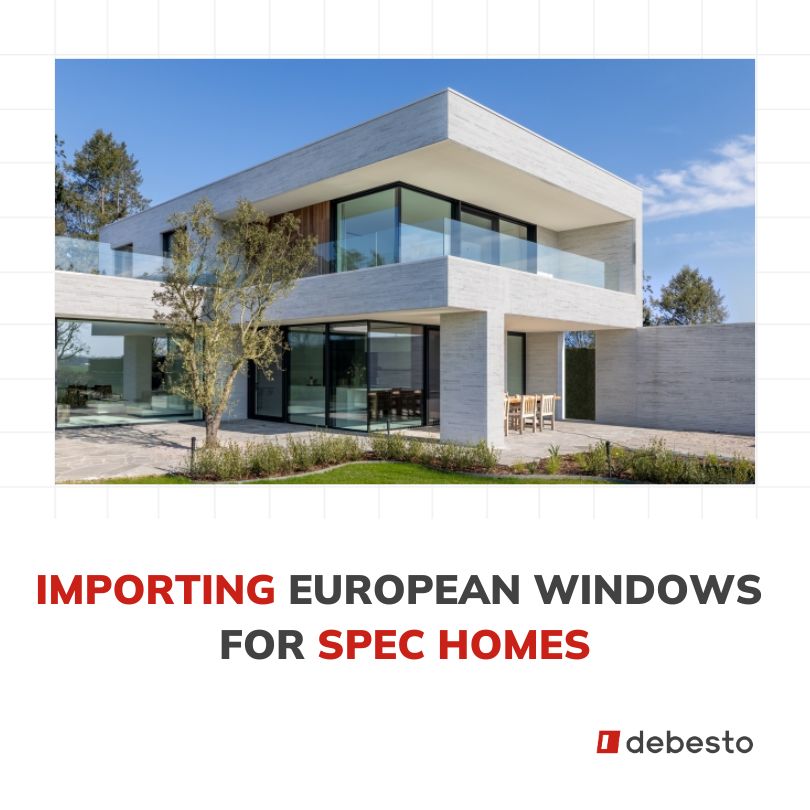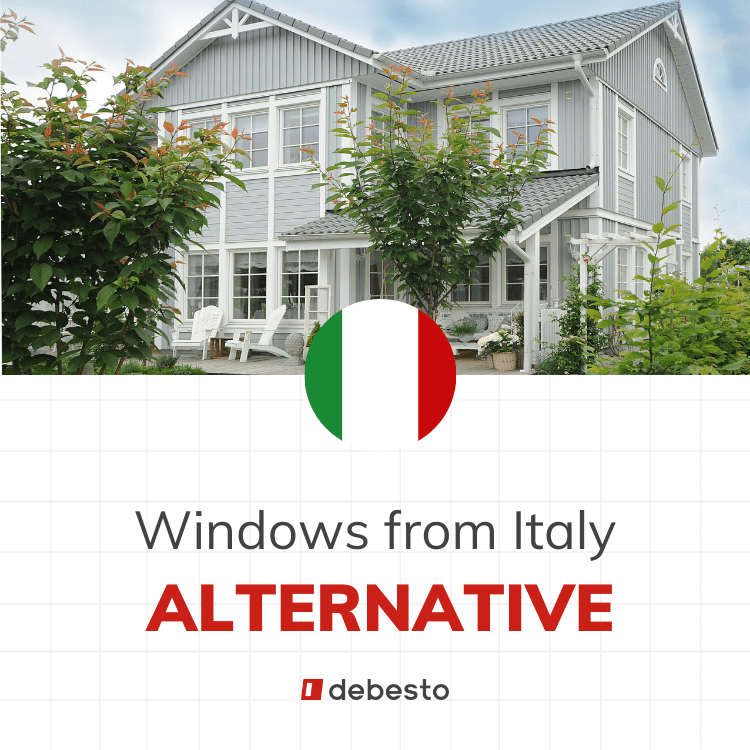German Windows – How to Cut the Cost After the 2025 Tariffs
Many US developers and builders who used to import windows from Germany or Austria are asking themselves this question after the new tariffs introduced by President Trump’s administration in 2025. Imported window prices have increased, and project budgets are under more pressure than ever. If you’re wondering what to do next, this article will help you explore your alternatives.
What Changed in 2025?
Since April 2025, new tariffs apply to construction products imported from European Union countries, including Germany and Austria:
- 25% tariffs on aluminum products, including window frames
- 10% general tariffs on other components and products
This means the final price of window packages from Germany or Austria may increase by 20–30%..
Why Look for Alternatives?
Germany and Austria are known for premium quality, but even before the tariffs, their products were among the most expensive. Now, you also face:
- additional tariff costs
- longer customs clearance and the risk of delays
- euro currency fluctuations
This pushes many investors to seek more predictable and cost-effective options.
Is Poland a Viable Alternative?
Yes — Poland has been a global leader in window and door exports for years. It offers:
- the same system quality as Germany (e.g. Schuco, Aluplast, Salamander, Gealan)
- base prices up to 30% lower
- knowledge of export documentation for the US
- flexibility in custom project support
Even after including tariffs and logistics, importing from Poland can still be significantly cheaper than from Germany or Austria.
Windows from Poland vs Importing from Germany
Many US companies previously sourcing windows from Germany may find significant cost advantages shifting to Polish suppliers:
- PVC windows from Poland typically cost 20%-30% less than similar German products. Even after applying the new tariffs, companies switching from German to Polish suppliers can realize additional savings of approximately 10%-20%.
- Aluminum windows sourced from Poland are generally priced 15%-25% lower than their German equivalents. With the tariff increase, Polish aluminum windows still maintain a competitive edge, particularly beneficial in large-scale projects.
For example, consider a luxury custom home with a $125,000 budget previously sourcing high-quality windows from Germany. Before the tariffs, switching to a Polish supplier could reduce costs to approximately $100,000 (saving around 25%).
Since the new tariffs took effect, the total cost has risen to about $125,000, essentially matching the initial German price before tariffs. However, continuing with German imports under the same tariff conditions would increase costs significantly, reaching upwards of $156,000.
Therefore, despite tariffs, shifting to Polish suppliers clearly presents substantial savings, while maintaining the high quality associated with European windows.
Need Support Evaluating the Switch?
If you’re considering switching from Germany or Austria to Poland for your window and door supply, companies like debesto.com can help you calculate whether it’s worth it in your specific case. We support you with system selection, pricing, logistics, and export documentation.

Need help with importing windows from Europe?
We’ll manage importing windows process and help you find windows that meet your standards, stick to your deadlines, and boost your profit margins.
Book a free project consultationFAQ – Frequently Asked Questions
Is the quality of Polish windows comparable to German ones?
Yes. Leading Polish manufacturers use the same systems and components as top German companies.
Is importing from Poland still cheaper after tariffs?
In many cases, yes — due to lower base prices and greater flexibility from manufacturers.
How long does shipping from Poland take?
Typically 8 to 12 weeks, depending on your location and the project scope.
Can someone help me with the paperwork?
Yes, for example, debesto.com provides complete documentation and support for the US import process.









